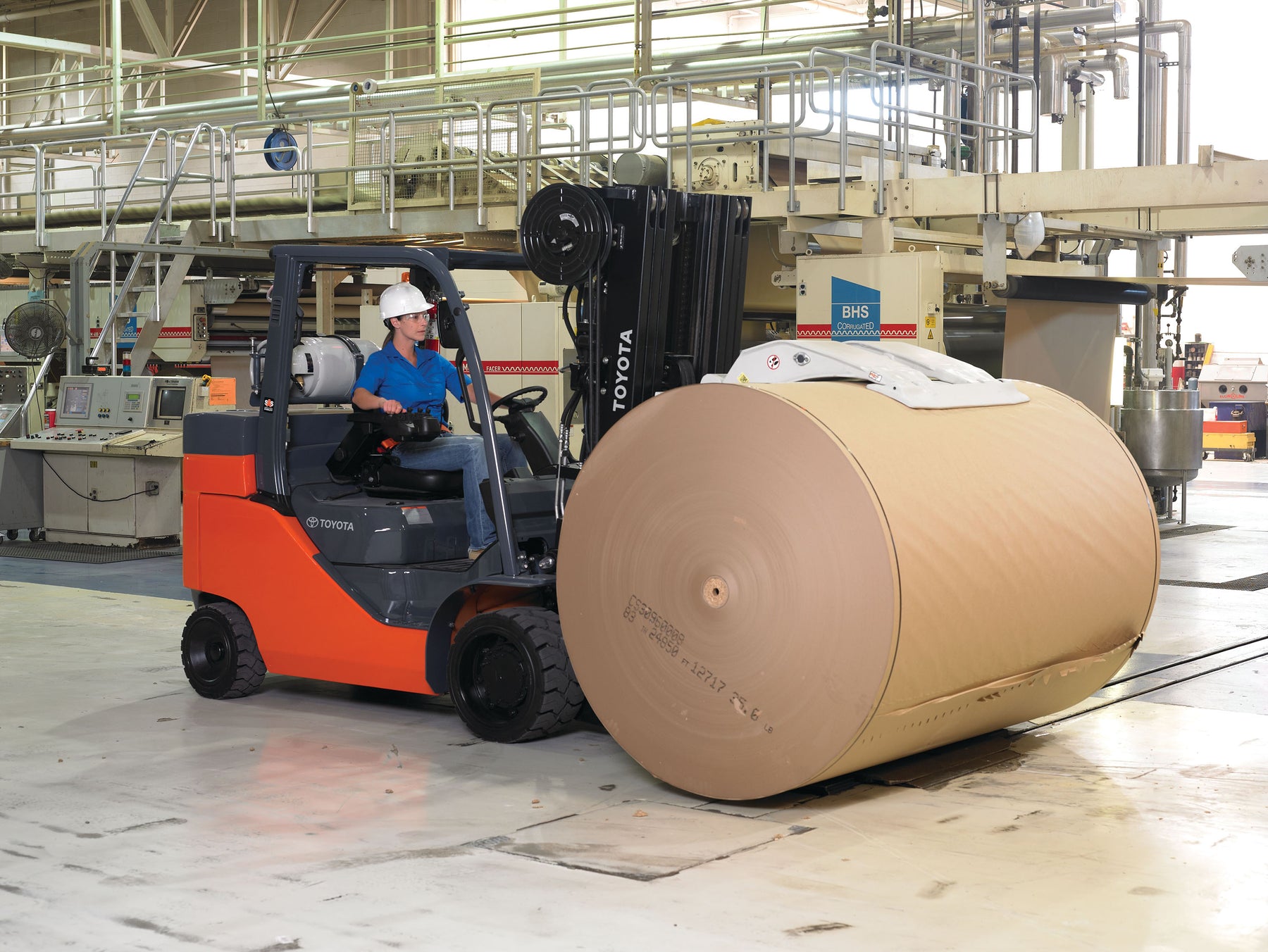
Increase Productivity Using Forklifts and Attachments
You may look around your materials handling workplace and see little need for mechanized support in the form of lifting equipment. Maybe your stockroom is small, or your loads can be sufficiently handled with dolly carts. Maybe your employees all have proper training in lifting and moving heavy objects, and you’ve never identified a productivity problem or experienced an on-the-job lifting injury. If so, that’s great, and if your business stays small and your materials handling needs stay contained, you’ll probably be fine.
But if your orders are growing, that’s another story. More sales means more product, which means more work for your teams. And eventually you’ll reach a tipping point at which the volume and mass of moving objects exceed your ability to keep pace without mechanized help. If you’re like countless managers across the country, you’re reaching that point right now; you just haven’t realized it yet.
Walking lift trucks and wheeled carts.
If you like, you can choose to invest incrementally. You can start with the lowest level of necessary power and assistance by using a walking lifter with hand-driven power that requires no outside fuel source. You may notice how the addition of a few walking lift trucks can generate a vast increase in productivity; as new product deliveries are made, you may notice your shipments are broken down and put away at a greatly accelerated pace. And even better, you may hear fewer complaints from your teams.
Investing for the long-term future.
As an alternative option, you can choose greater power, greater operator control and greater efficiency by simply leaping to a walker/rider lift truck or even an enclosed cab lift truck with a full set of attachments that can handle specialized loads. Even if this seems like overkill based on your current lifting needs, there’s no harm in engaging in long-term planning and recognizing your current needs may not reflect your needs a year from now.
Injury prevention means long-term cost control.
If you have a single doubt in your mind about the alignment between the weight of your loads and the lifting abilities of your staff, don’t wait to act until your loyal but aging worker throws his back out and files a claim. If you have a single reason to suspect that your loads are exceeding your team’s capacity to handle them without injury, taking action now can protect your bottom line from disaster in the distant or not-so-distant future. And of course, the safety of your employees should naturally come first.

